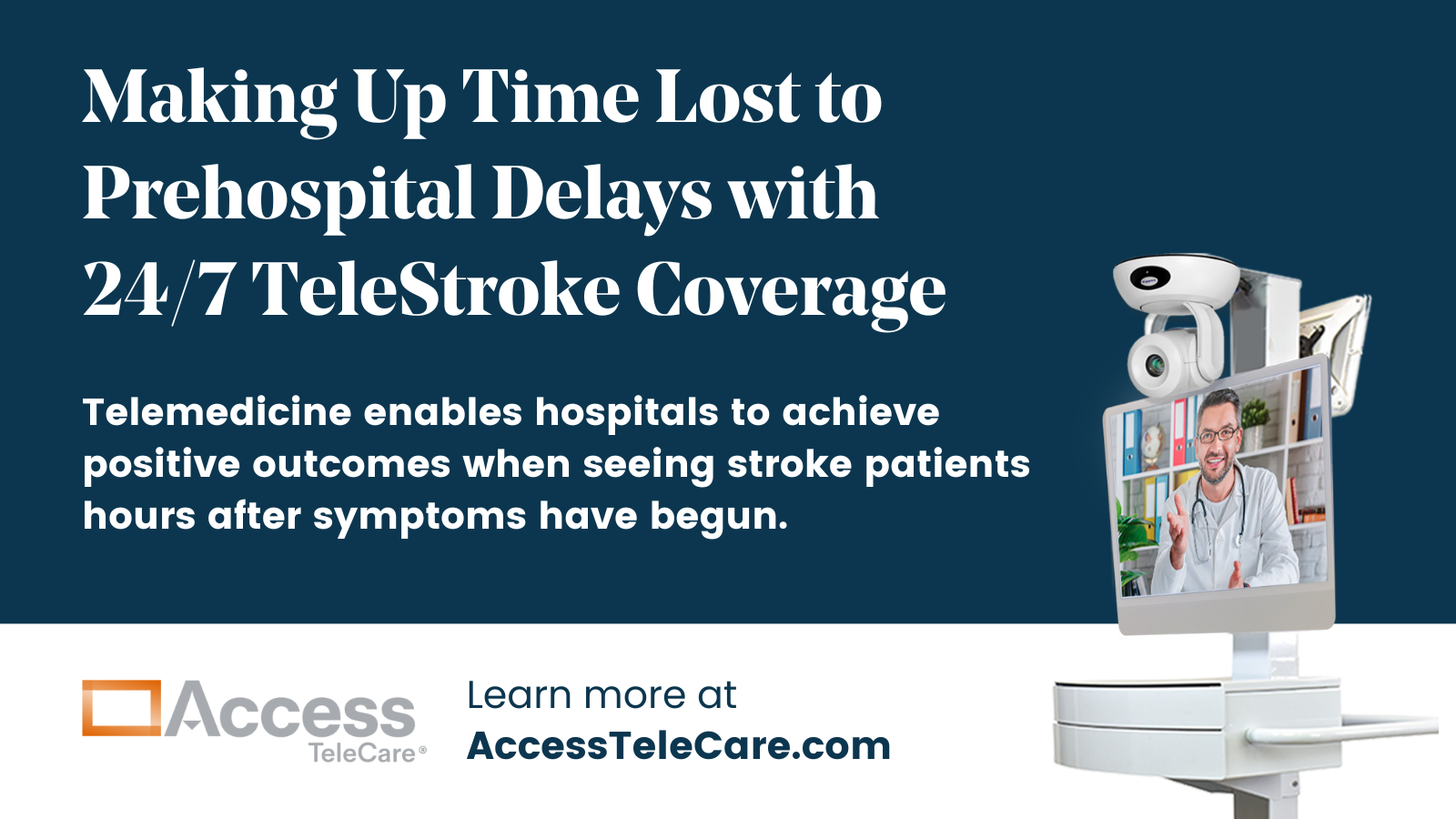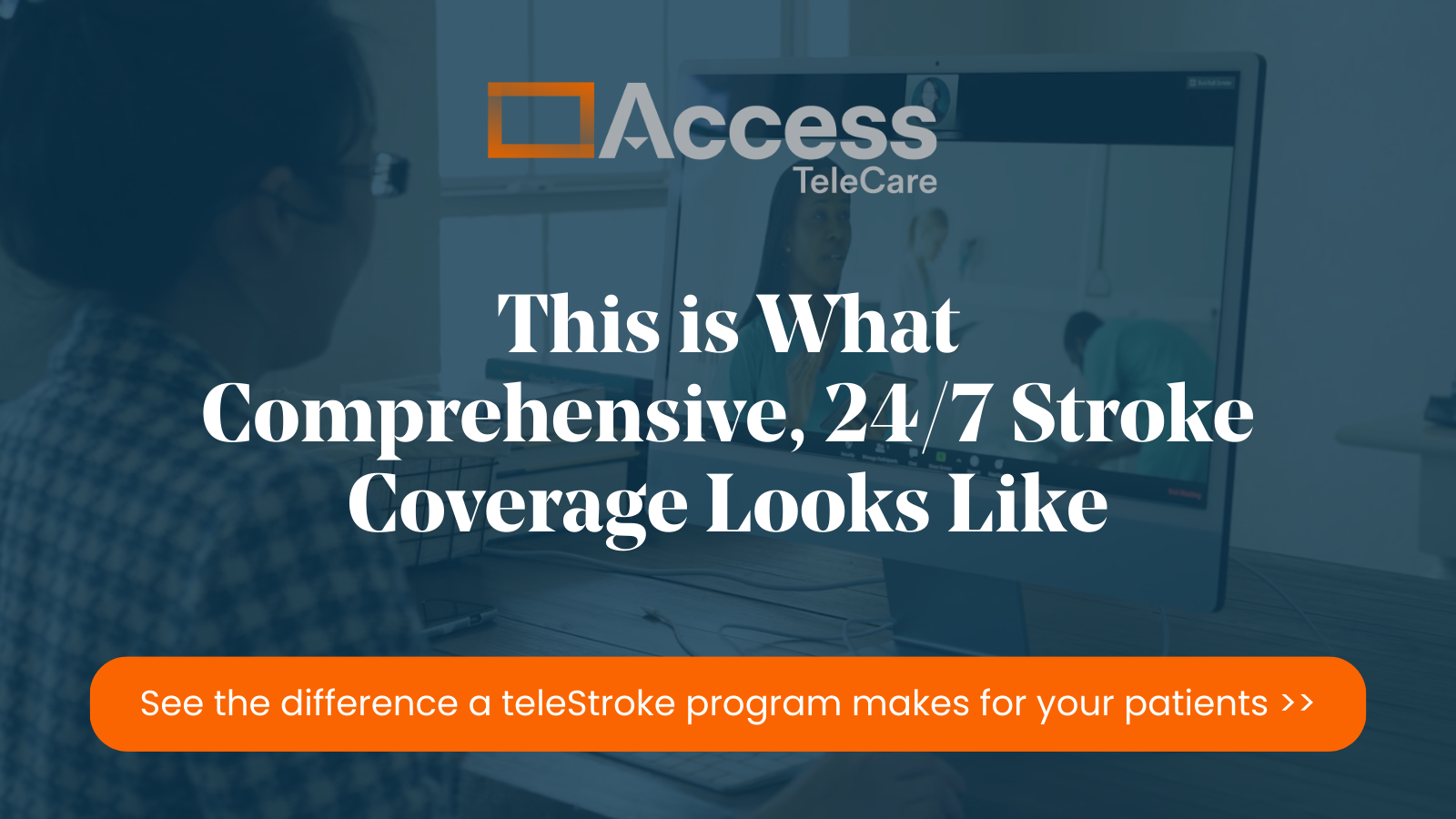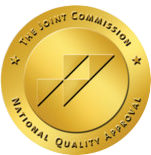Key Points on Overcoming Prehospital Stroke Delays with Telemedicine
- Over half of patients in a recent study arrived at the hospital more than two hours after the onset of stroke symptoms.
- Prehospital delays create additional challenges for time-sensitive stroke care.
- Access TeleCare’s teleStroke programs help hospitals overcome time lost to prehospital delays through timely access to stroke care experts.
Addressing Prehospital Stroke Delays with Telemedicine Solutions
New insights into prehospital delays draw sharp attention to the challenges hospitals face when working against the clock to quickly treat stroke patients.
A two-year study from Yale University, recently published in the academic journal Stroke, revealed 54 percent of patients arrived at the hospital more than two hours after the onset of stroke symptoms. While causes for the delays varied, including transportation availability issues and a general lack of awareness around recognizing stroke symptoms, telemedicine is a critical step for hospitals to help make up for lost time. Access TeleCare’s telemedicine programs help hospitals mitigate the effects of prehospital delays with fast and seamless access to stroke specialists, regardless of location or local specialist availability.
“Hospitals can’t control when someone shows up to the emergency room with stroke symptoms,” said Dr. Annie Tsui, Access TeleCare’s chief of neurology. “But our telemedicine programs give hospitals, especially those in underserved areas, the tools to overcome the time lost to prehospital delays and improve outcomes for stroke patients when up against the clock.”
Broadening Access to Timely Stroke Care Through Telemedicine
As part of the study, researchers released an interactive map that illustrates where delays are most frequent and how much time can lapse before stroke patients enter the hospital. In some areas, the study revealed patients experience delays of more than six hours. Patients in underserved areas and communities with high social vulnerability scores predictably experienced longer average delays, where transportation availability and socioeconomic factors can significantly impact care access.

Average delays between stroke symptom onset and arrival at the hospital: Beige = less than three hours; orange = three to four and a half hours; red = four and a half to six hours; and maroon = more than six hours.
Through the prompt availability of board-certified neurologists at the bedside and timely consultations for on-site providers, Access TeleCare gives providers in underserved communities the tools and resources to overcome prehospital delays that negatively impact patient outcomes. Hospital leaders understand that every minute matters when treating stroke patients. TeleStroke coverage with Access TeleCare can be the difference between timely stroke interventions that make up for that lost time.
“Many of our hospital partners operate in regions where a lack of specialists and significant barriers to care access exist,” said Chris Gallagher, M.D., Access TeleCare’s president and CEO. “With telemedicine, hospitals can begin addressing care access issues like prehospital delays that were once thought to be completely out of their control.”
Learn more about Access TeleCare’s teleStroke programs, and read more on the research study here.
Access TeleCare Leader Discusses Research on Link Between Loneliness and Stroke
Access TeleCare’s medical director of quality and practicing neurologist Elaine [...]
Making Up Time Lost to Prehospital Delays with 24/7 TeleStroke Coverage
Key Points on Overcoming Prehospital Stroke Delays with Telemedicine [...]
Summer Heat Increases in Stroke Risk: How TeleStroke & TeleNeurology Can Help
TeleNeurology Coverage can Help Hospitals Meet the Need for Emergent [...]
Experience Comprehensive, 24/7 Telestroke Coverage
With Access TeleCare’s teleNeurology services, your care teams can [...]
Access TeleCare Neurologist Pushes Stroke Care Forward With Study on Endovascular Thrombectomy Treatment
Access TeleCare neurologist, Amrou Sarraj, M.D., recently published peer-reviewed study [...]
The Link Between COVID-19 and Stroke: How Will Hospitals Meet the Neurology Demand?
The link between having a COVID-19 infection and an [...]













